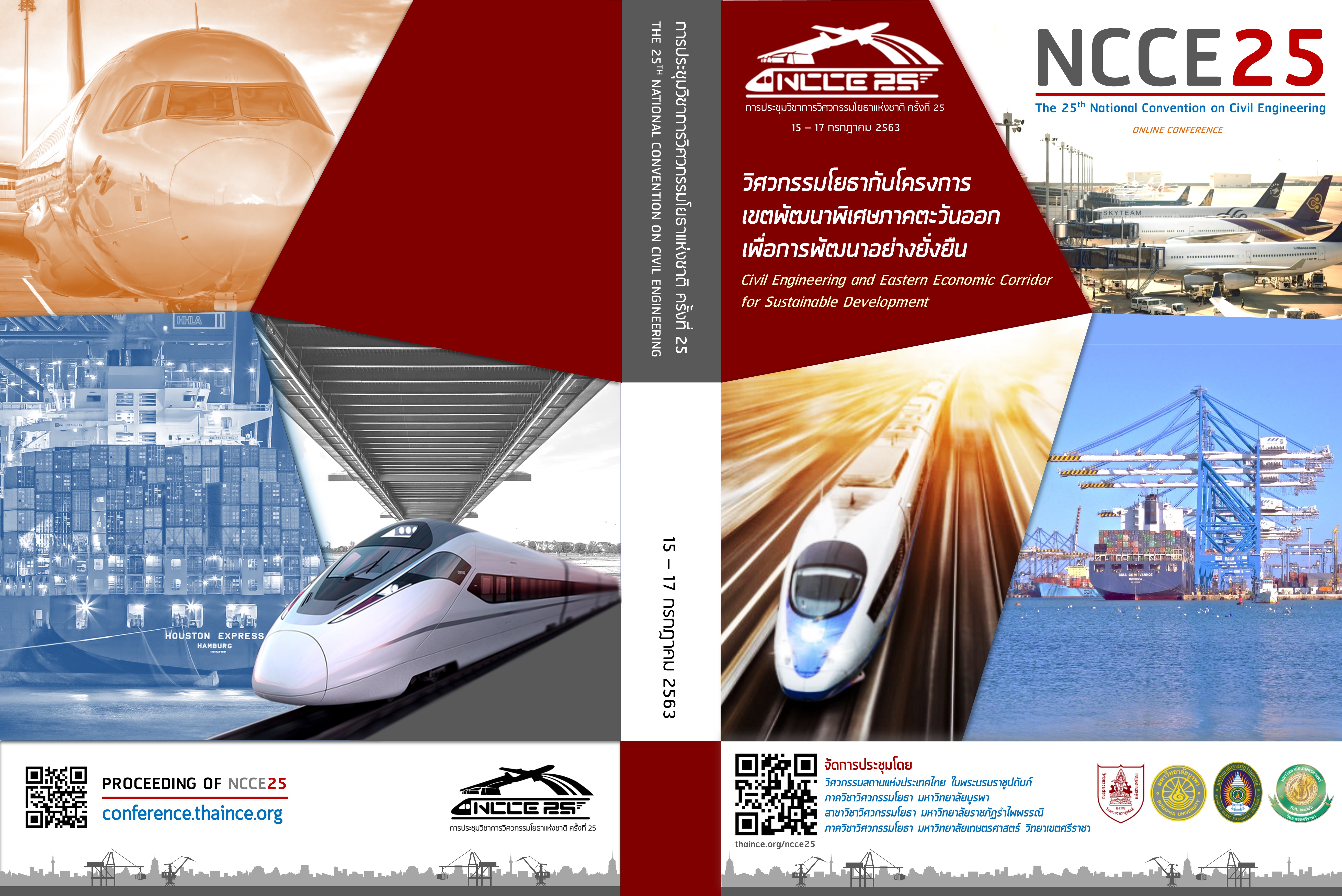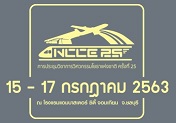Land Use/Land Cover Change Detection and Prediction using CA-MARKOV Model
Keywords:
แบบจำลอง CA-Markov, ดาวเทียม Sentinel-2A, การเปลี่ยนแปลงการใช้ประโยชน์ที่ดินและสิ่งปกคลุมดิน, การคาดการณ์การใช้ประโยชน์ที่ดินและสิ่งปกคลุมดินAbstract
Remote sensing, geographic information system and geospatial modeling plays important role in assessing, detecting and predicting land use/land cover information. The main objectives of the study were to classify, change detecting and predicting land use/land cover from satellite imagery. To fulfil the objectives, land use/land cover during 2017 to 2019 was firstly classified into 5 classes (urban and build up, agricultural, forest, miscellaneous area and water body) from Sentinel-2A. Therefrom, land use/land cover was detected changes between 2017-2018 and 2018-2019. Finally, land use/land cover 2020 was predicted by CA-MARKOV model. As results, an accuracy assessment of prediction model for predicting land use/land cover 2020 provided overall accuracy and kappa hat coefficient about 80.46% and 76.70%, respectively. According to land use/land cover change detected data between 2019-2020, agricultural area, urban and build up area and water body were increase with 6,009 rai, 287 rai and 716 rai, respectively while forest area and miscellaneous area tends to decrease in the future were 5,687 rai and 1,326 rai, respectively. The integration of Remote sensing, geographic information system technology with geospatial models can be used as an efficiently tools to classify, to detect change and to predict land use/land cover.
Downloads
Downloads
Published
How to Cite
Issue
Section
License
บทความทั้งหมดที่ได้รับการคัดเลือกให้นำเสนอผลงานในการประชุมวิชาการวิศวกรรมโยธาแห่งชาติ ครั้งที่ 25 นี้ เป็นลิขสิทธิ์ของ วิศวกรรมสถานแห่งประเทศไทย ในพระบรมราชูปถัมภ์



